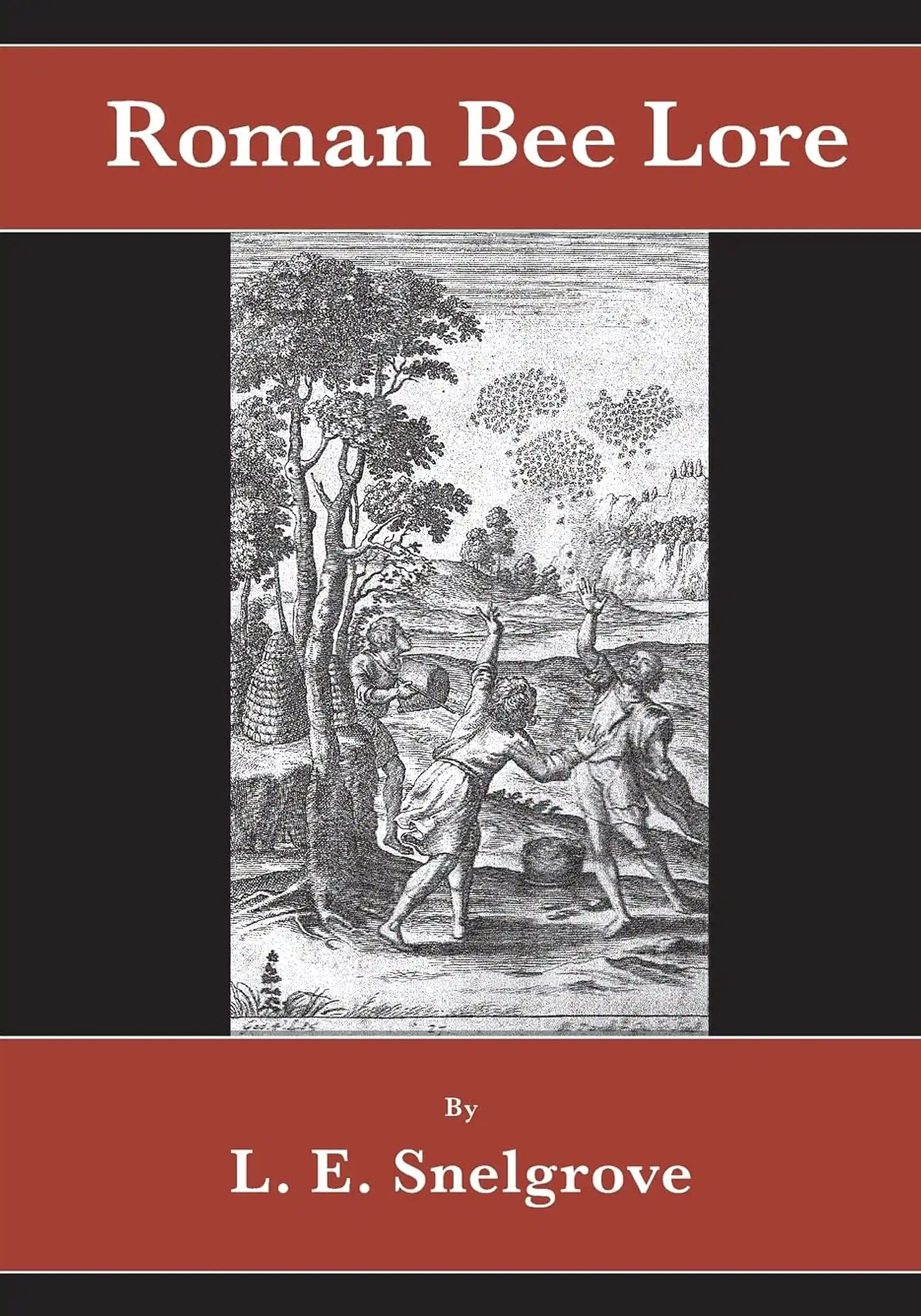Roman Bee Lore by L. E. Snelgrove

Roman Bee Lore
"Had this work been published 100 years ago, as it should have been, Snelgrove would have ranked in the pantheon of great beekeeping writers, such as Cowan and Herrod-Hempsall." – Michael Freedman FCA, FPFS
Born in 1879, Mr Snelgrove originated from Sutton Veny, near Warminster where his father was a blacksmith. He was educated at Culham College, Oxford and Bristol University. Mr Snelgrove became an assistant master at Weston-super-Mare Central School for Boys in 1900. In 1909 he became headmaster and in 1914 was appointed Inspector of Schools for Somerset Education Committee, a position he held for 31 years.
After several years as an evening student at Bristol University Mr Snelgrove went to Queen's University, Belfast, as a graduate. In 1907 he took an honours science degree in physics and chemistry and in 1920 was awarded a M.Sc. degree for research on the etiology of the then named "Isle of Wight Disease of Bees". As a result of his research in Latin literature relating to Roman Bee Lore he obtained his MA degree in 1922. This volume is a copy of a previously unpublished typescript dated 1922 based on his MA research which was presented by his daughter Miss I Snelgrove to the IBRA.
(Biographical information taken from Somerset Beekeepers and Beekeeping Associations by David Charles 2005)
VIEW Contents
- Preface
- Introduction
- Importance of Apiculture amongst the Romans
- Natural History and Economy
- Management
- Honey
- Wax
- Pollen
- Propolis
- Honey Beverages
- Bee Flowers
- Curious Beliefs
- Didymus. De Apibus
- Bibliography
VIEW Book Review
Reviewed by Michael Freedman FCA, FPFS
Snelgrove was a school master and bee inspector for Somerset, he gained a MSc for research into bee diseases in 1920 and a MA in 1922 for Beekeeping in Roman Times, and was a life member of the BBKA and a past president. As a classicist, it enabled him to read the ancient writings of the classical writers. He wrote Roman Bee Lore as his paper for his MA earned from Bristol University in 1922. His typed manuscript dated April 1922 came into my possession in 2018, following the death of David Smith and on this Snelgrove had written that he hoped to revise and publish it but he never did.
I was amazed to find this and realised at once that this was a great repository of knowledge and research by a Bee-master and Classical scholar with literary skills.
We know that beekeeping was widely practiced in the Roman Empire and of the famous classical writers that Snelgrove lists, but few of these had been translated, so his ability to read and understand from primary sources makes this a unique bringing together from of all available knowledge from this era, when sugar was not used and bee products were vital commodities.
Snelgrove combines his fluency in Latin and Greek with his skills as a bee-master to present these findings in a most readable and literary style. Much of modern society has its roots in Roman Law and social structure.
He was a man who could unlock the secrets of the past and bring them into focus with modern bee lore and practice.
Undoubtedly, had this work been published 100 years ago, as it should have been, he would have ranked in the pantheon of great beekeeping writers, such as Cowan and Herrod-Hempsall.
His later works on Swarming and Queen Bees are regarded as standard works of their time and are still reproduced.
It is to my great delight that.it has been possible to share this scholarly and interesting work with present day apiculturists. As they say “better late than never”.
Unavailable